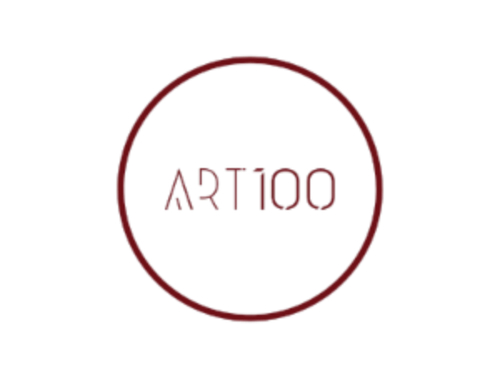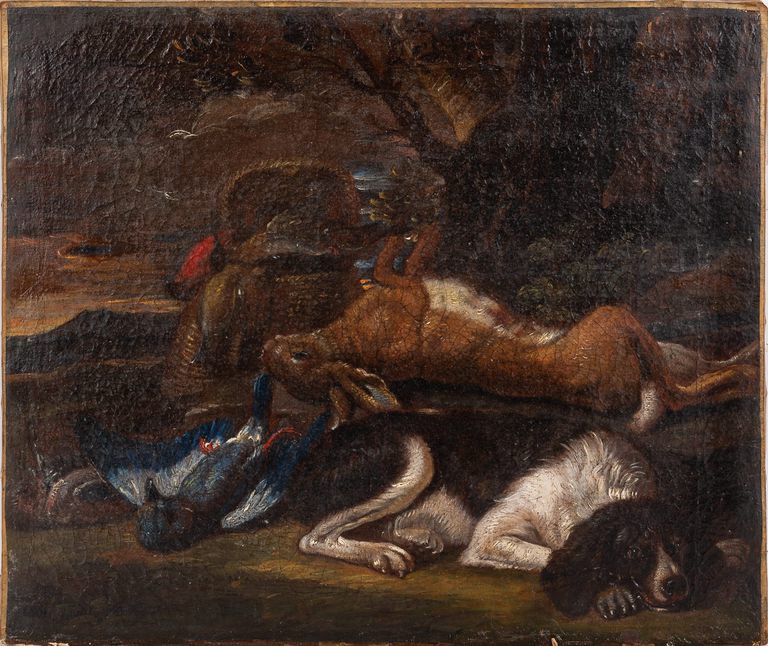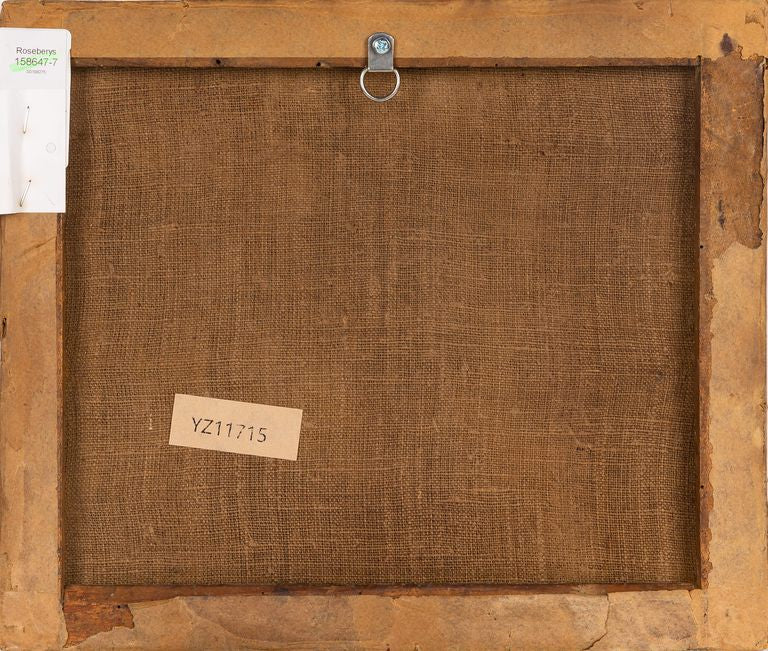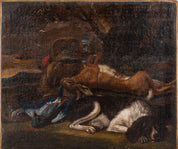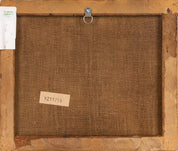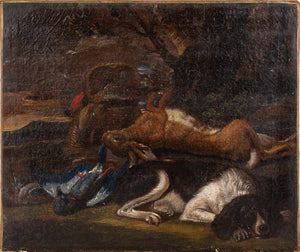David De Coninck (After), 17th Century – Return from the Hunt
David De Coninck (After)
Artwork Details
Artwork Description
David De Coninck (After), 17th Century – Return from the Hunt
Artist: After David De Coninck (Flemish, c. 1636–1701)
Title: Return from the Hunt
Medium: Oil on paper laid down on canvas
Dimensions: 26.5 x 31.2 cm (Unframed)
Provenance: Anon. Sale, Tajan, Paris, 19 June 2018, Lot 41 (part, as Attributed to David De Coninck)
Condition Report: Dry and cracked surface, overall in good condition
Description:
This 17th-century hunting scene is an accomplished work executed after David De Coninck, a Flemish painter renowned for his still lifes and hunting compositions. The painting depicts a hare, game birds, and a hunting dog, a subject De Coninck frequently explored in his highly detailed and expressive works. The composition demonstrates remarkable attention to detail, reflecting the influence of Baroque realism and the tradition of Dutch and Flemish animal painting.
Raised in Antwerp, De Coninck was apprenticed in 1659 to Pieter Boel, a leading painter of animal subjects. By 1663, he had become a master in the Antwerp Guild of Saint Luke, and from 1671 to 1694, he lived in Rome, where he joined the thriving community of Dutch and Flemish painters. His reputation flourished there, leading to commissions from prominent collectors such as John Cecil, 5th Earl of Exeter (1648–1700), who purchased at least seven of his works in 1684 for Burghley House.
This painting is a contemporary, smaller, and cropped interpretation of De Coninck’s original oil on canvas, which was auctioned at Sotheby’s, New York (29 January 2016, Lot 514). The original composition was evidently popular among De Coninck’s clientele, as he produced multiple versions of it, and several anonymous copies and variants have also been recorded—including one offered at Dorotheum, Vienna (16 June 2011, Lot 298).
While not executed by De Coninck himself, this painting reflects the same high level of skill in animal depiction, as well as an acute understanding of Baroque compositional drama. The artist’s handling of light and texture, particularly in the fur and feathers, echoes De Coninck’s masterful approach to hunting still lifes.
Significance:
- Baroque Flemish Art: A strong example of the Flemish Baroque tradition of hunting still lifes, which combined drama, realism, and movement.
- Influence of De Coninck: The composition follows a well-documented iconography of hunting trophies, a theme that was highly popular among European aristocracy.
- Comparable Works: This painting shares similarities with museum-held and private collection works by De Coninck, solidifying its place within the 17th-century Flemish still-life tradition.
This historically significant piece provides insight into the artistic lineage of De Coninck’s hunting compositions and serves as a fine collectible for admirers of 17th-century Flemish still-life painting.
